Austria has been a breeding ground for exceptional musical talent, producing some of the greatest composers in history. From the Baroque period to the Romantic era and beyond, Austrian composers have left an indelible mark on the world of music.
Starting with one of the most influential figures in Western classical music, Wolfgang Amadeus Mozart, to Carl Czerny, with his revolutionary piano exercises, let’s explore the lives and works of 15 of the greatest Austrian composers of all time. Let’s get started!
1. Wolfgang Amadeus Mozart (1756–1791)
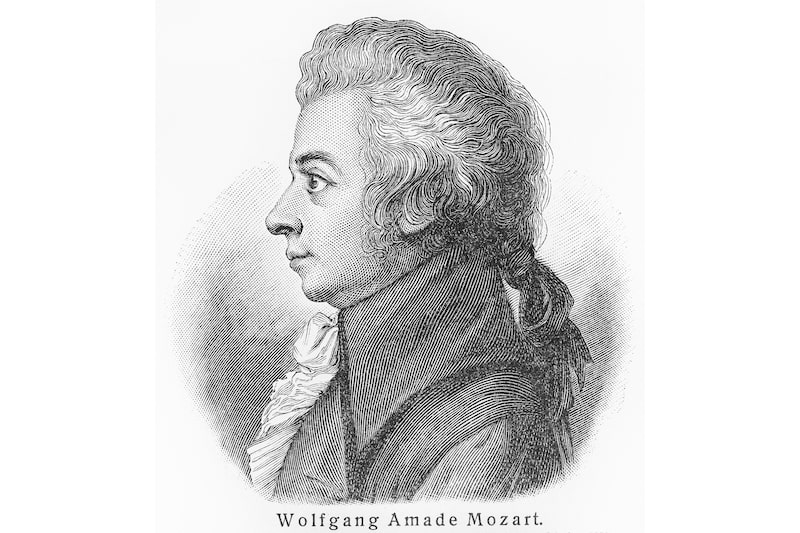
Perhaps the most famous Austrian composer of all is Wolfgang Amadeus Mozart. A musical prodigy, he created over 600 works, including symphonies, chamber music, operas, and choral pieces.
Among his most celebrated works are Symphony no. 40 in G Minor, Piano Concerto no. 21 in C Major (Elvira Madigan), and the opera The Marriage of Figaro. His operas significantly shaped the genre and are among the most performed and beloved.
Sadly, Mozart’s life ended at just 35 years old in 1791. The cause of his death remains uncertain, though he is believed to have had various health issues.
2. Franz Schubert (1797–1828)
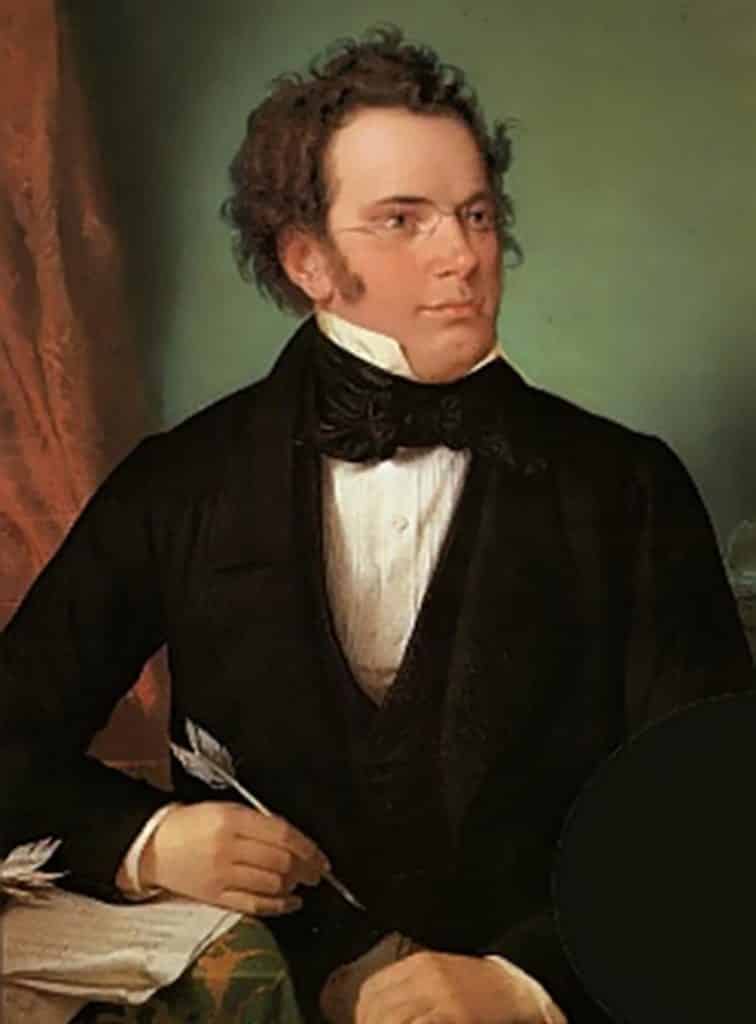
The musical talent of our next composer, Franz Schubert, was evident from an early age, and he began receiving formal music education at a young age.
He composed prolifically throughout his short life, leaving behind a vast body of work that includes symphonies, chamber music, piano music, songs (lieder), and choral music.
One of his most well-known compositions is Symphony no. 8 in B Minor, commonly known as the Unfinished Symphony. Despite being incomplete (only two movements were finished), it remains a popular and influential work in the classical repertoire.
3. Gustav Mahler (1860–1911)
Composer Gustav Mahler is known for his symphonies and song cycles. He is considered one of the most important figures in late Romantic music and a bridge between the 19th-century Austro-German tradition and the modernism of the early 20th century.
His output includes 10 completed symphonies, the unfinished Symphony no. 10, and several song cycles, including Das Lied von der Erde (The Song of the Earth) and Kindertotenlieder (Songs on the Death of Children).
Mahler’s life was filled with tragedy and turmoil. He lost several family members, including his daughter, which affected his music. His health, too, declined early, and he died in May 1911 in Vienna at 50.
4. Johann Strauss II
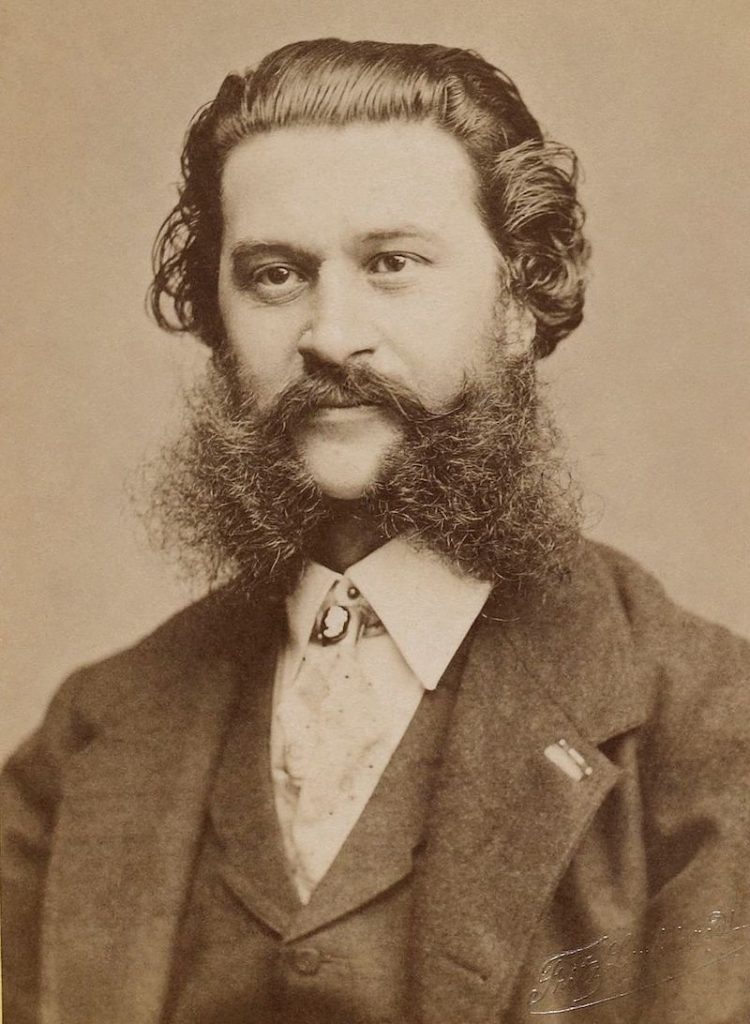
If you want musical pieces synonymous with the spirit and elegance of Viennese classical tradition, then that would be the works of Johann Strauss II. Though he has plenty of polkas and operettas in his repertoire, Strauss II is best known for his waltzes, hence his nickname the Waltz King.
Among his over 500 compositions, “The Blue Danube,” “Tales from the Vienna Woods,” and “Kaiser-Walzer” (Emperor Waltz) are some of the most popular. These works are still widely performed and beloved today, especially during traditional Viennese balls and New Year’s concerts.
5. Joseph Haydn (1732–1809)
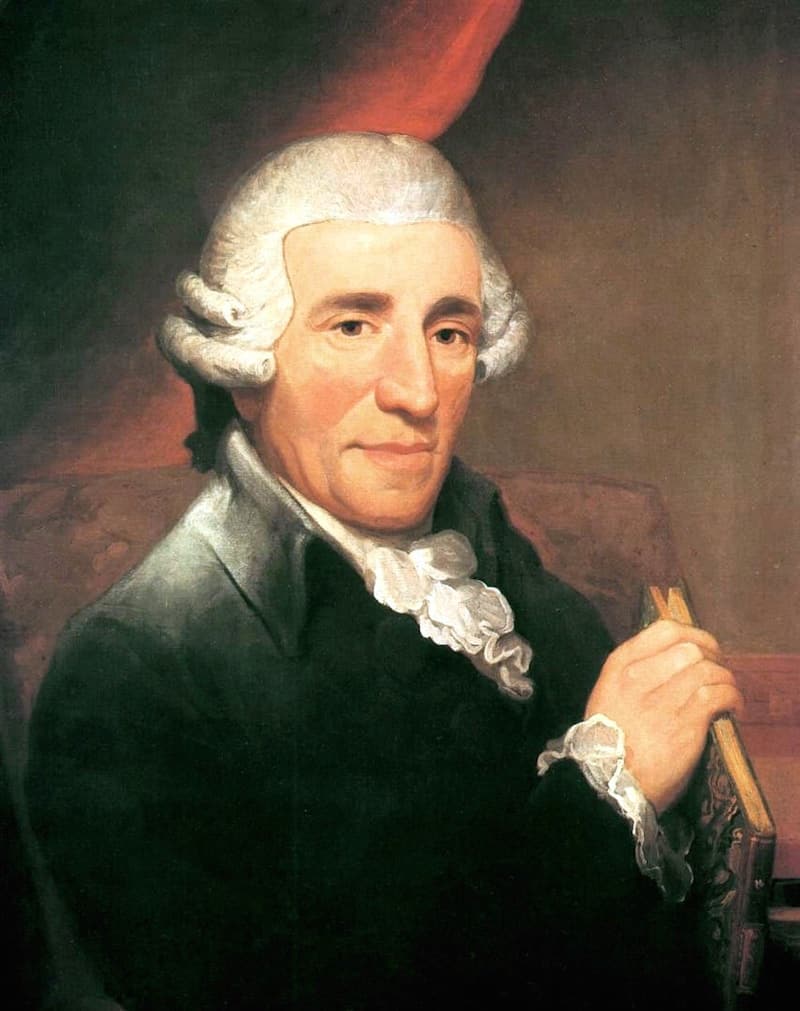
The Father of Symphony, Joseph Haydn was one of the world’s most prolific and well-known composers, with over 100 symphonies to his name by age 50, including his famous Surprise Symphony (no. 94) and the London Symphonies.
His career flourished around the 1760s. He served as the Vice-Kapellmeister and later as the Kapellmeister (music director) for the Esterházy court, where he composed music, conducted performances, and managed the musical establishment.
Beyond composing, Haydn mentored and inspired numerous composers, including Wolfgang Amadeus Mozart and Ludwig van Beethoven, both of whom admired his work.
6. Arnold Schoenberg (1874–1951)
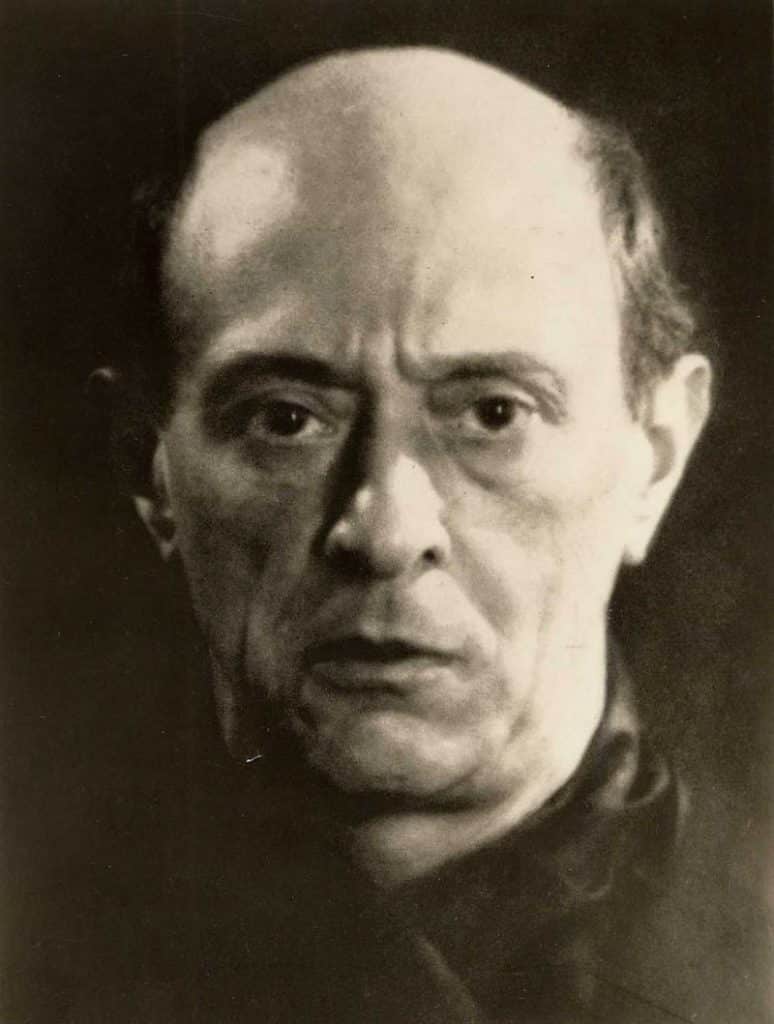
Austrian composer and music theorist Arnold Schoenberg is best known for his influential contributions to 20th-century music and for pioneering the development of atonal and serial composition techniques.
In the early 1900s, he developed atonality. Atonal music has no key or tonal center and features dissonant harmonies and unusual melodies. Schoenberg’s most famous atonal composition is his song cycle Pierrot Lunaire.
Later, Schoenberg developed the 12-tone technique, also known as serialism. It organized all 12 pitches of the chromatic scale into a series. This series was used to create melodies, harmonies, and rhythms. Schoenberg’s Suite for Piano, op. 25 is a notable example.
7. Anton Bruckner (1824–1896)
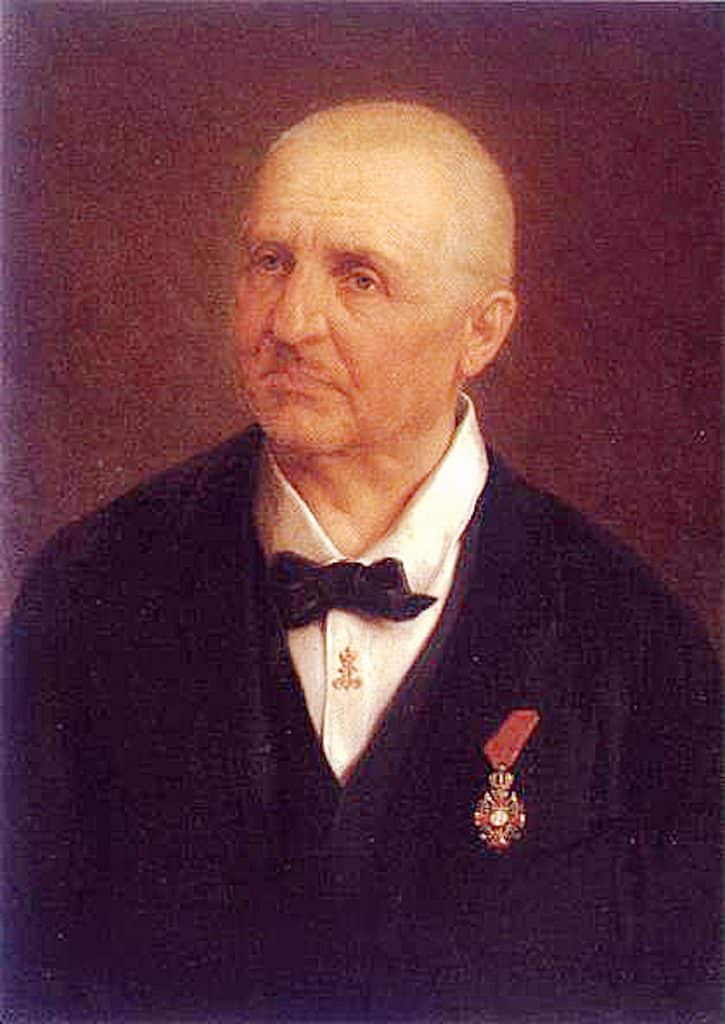
Next is Austrian composer and organist of the Romantic period Anton Bruckner. He is best known for his symphonies, although he also wrote choral music, chamber music, and organ music. Notable examples include his Masses, motets, and his monumental Te Deum.
Bruckner’s most significant compositions include his nine completed symphonies, which are monumental works that often stretch over multiple movements. They are considered masterpieces of the Romantic symphonic tradition.
Bruckner’s music showcases his unique approach to harmony, structure, and orchestration, making him one of the most distinctive voices of his time.
8. Marianna Martines (1744–1812)
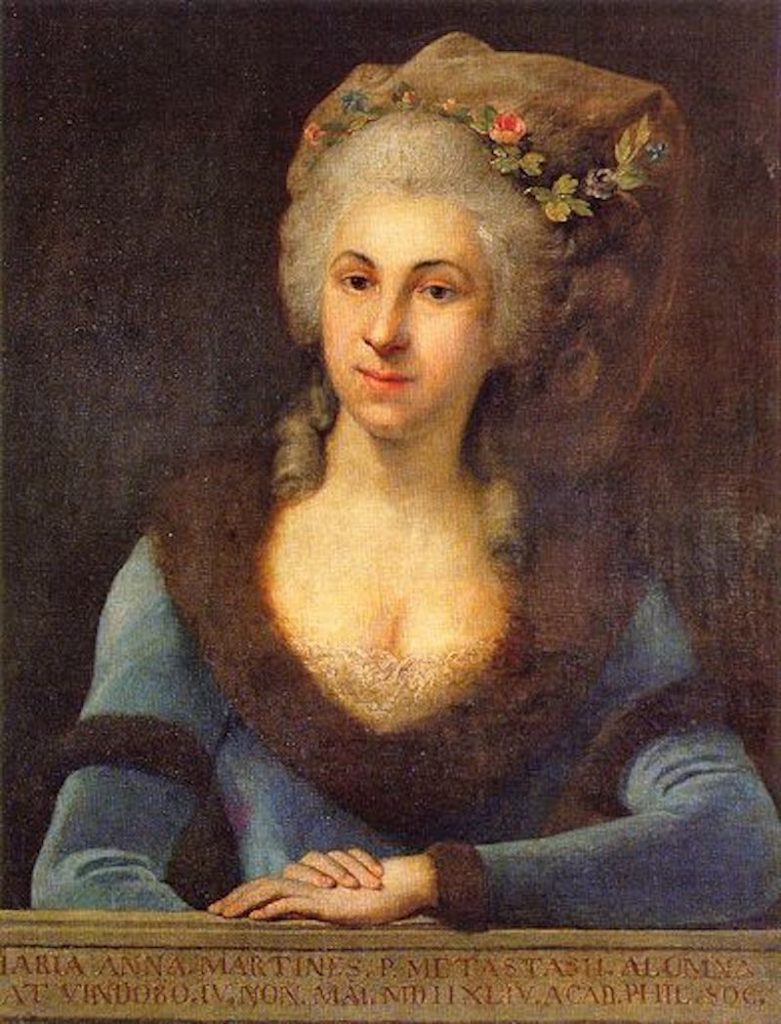
Born in Vienna, Austria, Marianna Martines showed remarkable musical talent early on and received extensive education, unlike many women of her time. Her skills on the piano and captivating soprano voice quickly gained recognition.
Despite her talent, Martines faced social and cultural barriers that limited women’s access to professional musical careers. Instead, she mainly composed music for private performances and did not seek public recognition or publication.
Martines wrote various music, including vocal works, keyboard sonatas, and chamber music. Sadly, much of her music is lost or unpublished. Of her surviving works, the vocal piece “Il primo amore” (The First Love) is among the most well-known.
9. Anton Webern (1883–1945)
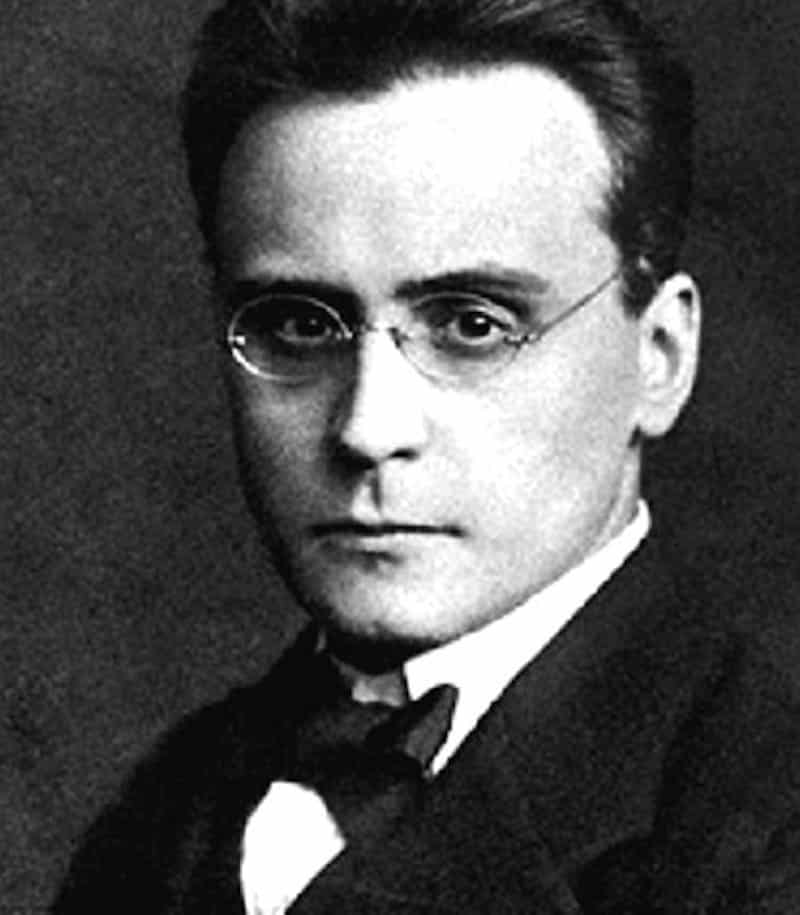
Born in 1883, Anton Friedrich Wilhelm von Webern’s early compositions were influenced by Romanticism. Later, he gradually adopted more experimental approaches.
Webern is known for atonal and serialist compositions, but one of his early pieces, “Im Sommerwind,” is very different from his later expressionist works. After studying with Schoenberg, he joined the Second Viennese School, a group of serialist composers using the 12-tone technique.
Webern published 31 opus works, including his Symphony, op. 21 (1928). Tragically, he was shot and killed by an American soldier on September 15, 1945, during a raid on his house due to his son-in-law’s involvement in the black market.
10. Alban Berg (1885–1935)
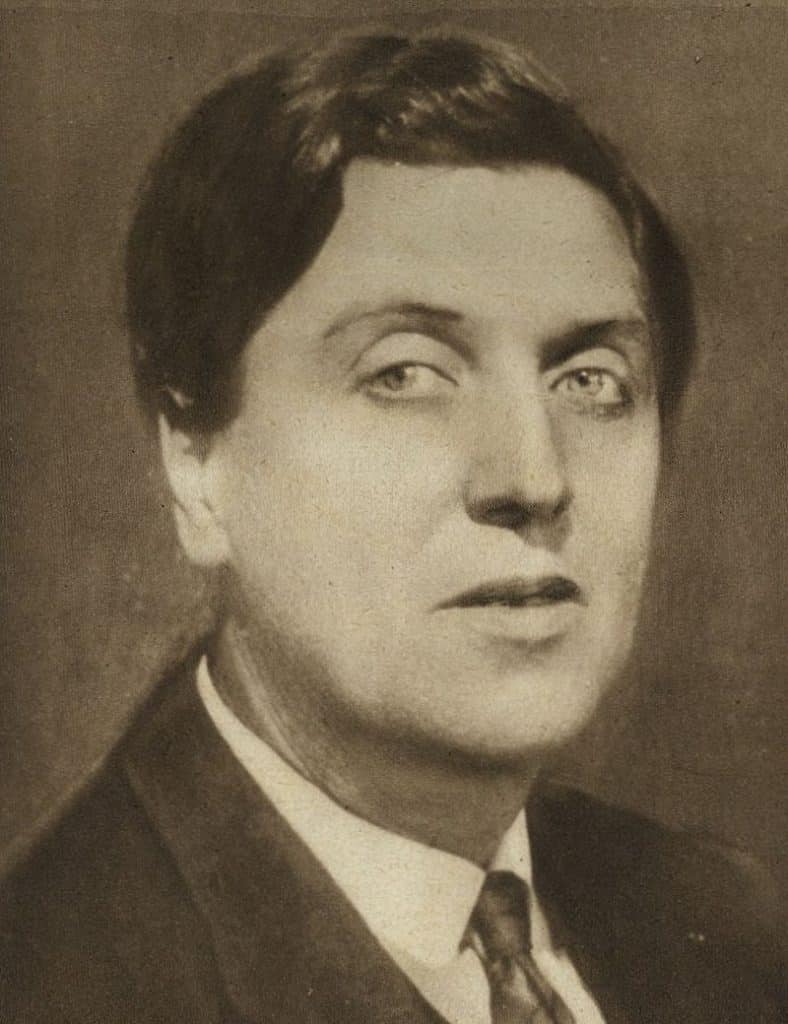
Unlike the other composers on this list who started composing at a very young age, Alban Maria Johannes Berg took up composition when he was 15, teaching himself music.
Early in 1904, he met Schoenberg and became his student, learning music theory, counterpoint, and harmony from him. As you would expect, he utilized the 12-tone technique to create atonal serialist music with one of his first published works, his Piano Sonata, op. 1 (1908).
Due to his affiliation with Schoenberg (who was Jewish), Berg faced a lot of difficulties with the increasing antisemitism in the 1930s. His work was eventually placed on a list of degenerate music, and performances in Germany were rare.
11. Johann Strauss I (1804–1849)
The father of the Strauss we talked of earlier, Johann Strauss I is one of the key figures in the development of Viennese dance music during the 19th century, referred to as the Father of the Viennese Waltz.
Initially trained as a bookbinder, Strauss Sr. eventually turned to music and became a skilled violinist. He began composing dance music himself and quickly gained popularity with his waltzes, polkas, and other dance forms.
A prolific composer, he created more than 200 works during his career. Some of his notable works include the waltzes “Täuberln-Walzer,” “Wiener Carneval,” and “Wiener Launen-Walzer.”
12. Joseph Lanner (1801–1843)
Composer and violinist Joseph Lanner is widely regarded as one of the pioneers of the Viennese waltz and played a crucial role in popularizing this genre of music in the 19th century.
Lanner formed his own dance orchestra and composed numerous waltzes, galops, and other dance pieces known for their lively melodies. His “Die Schönbrunner” and “Die Werber” became immensely popular during his time and continue to be performed and enjoyed today.
Lanner’s contributions to the Viennese waltz tradition earned him recognition as one of the key figures alongside Johann Strauss I and II. He helped set the stage for the waltz’s continued popularity in Austria and beyond.
13. Franz Schreker (1878–1934)
In the early years of his career, Franz Schreker composed mainly instrumental works. However, he gained significant recognition for his operas. Popular among these are Der ferne Klang (The Distant Sound), Die Gezeichneten (The Stigmatized), and Der Schatzgräber (The Treasure Hunter).
During his time, Schreker was regarded as one of the leading composers. However, with the rise of National Socialism in Germany and Austria in the 1930s, his music was deemed “degenerate.”
As a result, his career suffered, and his works were banned and suppressed. After World War II, however, his music experienced a revival, and his operas gained a renewed appreciation.
14. Franz Xaver Süssmayr (1766–1803)
Born in 1766 in Schwanenstadt, Austria, Franz Xaver Süssmayr pursued his musical education in Vienna under the tutelage of Antonio Salieri, a close friend and fellow composer of Mozart.
Süssmayr’s most significant contribution to the musical world was his completion of Mozart’s Requiem in D Minor, using Mozart’s sketches and instructions as a guide.
Apart from his work on the Requiem, Süssmayr composed several other works, including operas, symphonies, chamber music, and religious music. However, his compositions are not as well-known or widely performed as those of his contemporaries, such as Mozart or Haydn.
15. Carl Czerny (1791–1857)
Ending this list is Carl Czerny. The Austrian composer, pianist, and music teacher is best known for his contributions to piano pedagogy and his prolific output of teaching materials.
Czerny’s most famous and enduring legacy is his extensive collection of piano studies and exercises. His most well-known work in this regard is The School of Velocity, a set of exercises designed to improve finger dexterity, technique, and overall piano playing skills. These exercises are still widely used by piano students today.
Despite his contributions to music education, Czerny’s own compositions are often overlooked. However, some of his works, such as his piano sonatas and chamber music, are still performed and recorded today.
Summing Up Our List Of Austrian Composers
As you can see, there are a lot of amazing Austrian composers and this list doesn’t even cover a fraction of them. Their impact on not only the music community but also the world has been long-lasting.
We hope you’ve enjoyed reading about them, and if you want to learn more about these famous Austrian composers, we encourage you to explore and listen to some of their work on YouTube!
